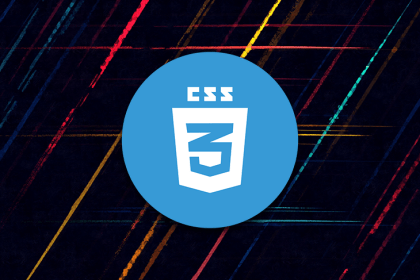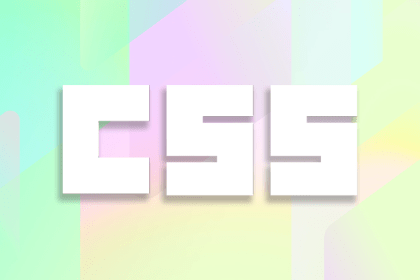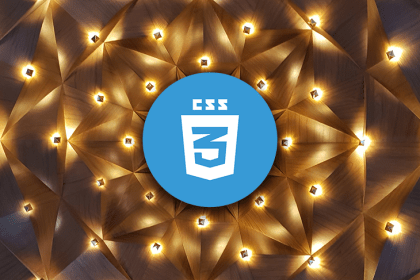
Use Sass in your React Native projects to style your components using variables, inheritance, and operators.

Add CSS transitions to your frontend toolkit with our tutorial on how to animate a hamburger menu button icon.

Explore the FullScreen API’s range of tools through extensible examples, and learn some helpful accessibility tips in this tutorial.

Increase the flexibility of your app’s CSS components with CSS Modules and Webpack in this handy tutorial and demo app build.

Learn how to customize themes with Tailwind CSS using plugins, Tailwind’s built-in dark mode variant, and CSS custom properties.

Learn how to build a responsive navbar for desktop, tablets, and mobile in Tailwind without touching a line of CSS.

margin vs. paddingLearn about the CSS margin and padding properties and how they control the space inside and outside of elements on a webpage.

Compare three different methods for animating webpages, CSS transitions, CSS animations, and the Web Animations API to learn the best use cases for each.

Level up your CSS, SCSS, and Sass linting skills and improve your code quality using this advanced guide on Stylelint.

Use React and Tailwind CSS to create two different types of pagination components that use navigation buttons and a numbered list.

In this article, learn how to use Uniform CSS, a configurable utility class generator and CSS framework developed entirely in Sass.

Brush up on your image cropping techniques with this in-depth CSS tutorial featuring eight examples every developer should know.